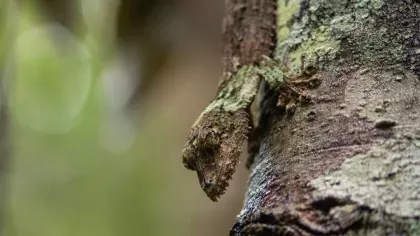10 April 2024
Five ways that Kew is helping to restore Madagascar's dry forests
From UAV drones to community conservation, protecting Madagascar's dry forests requires five key ingredients

I'm Jenny and I fly drones or UAVs over the super biodiverse dry forest in Madagascar. We're trying to see if we can help the forest recover as soon as possible after intense burns.
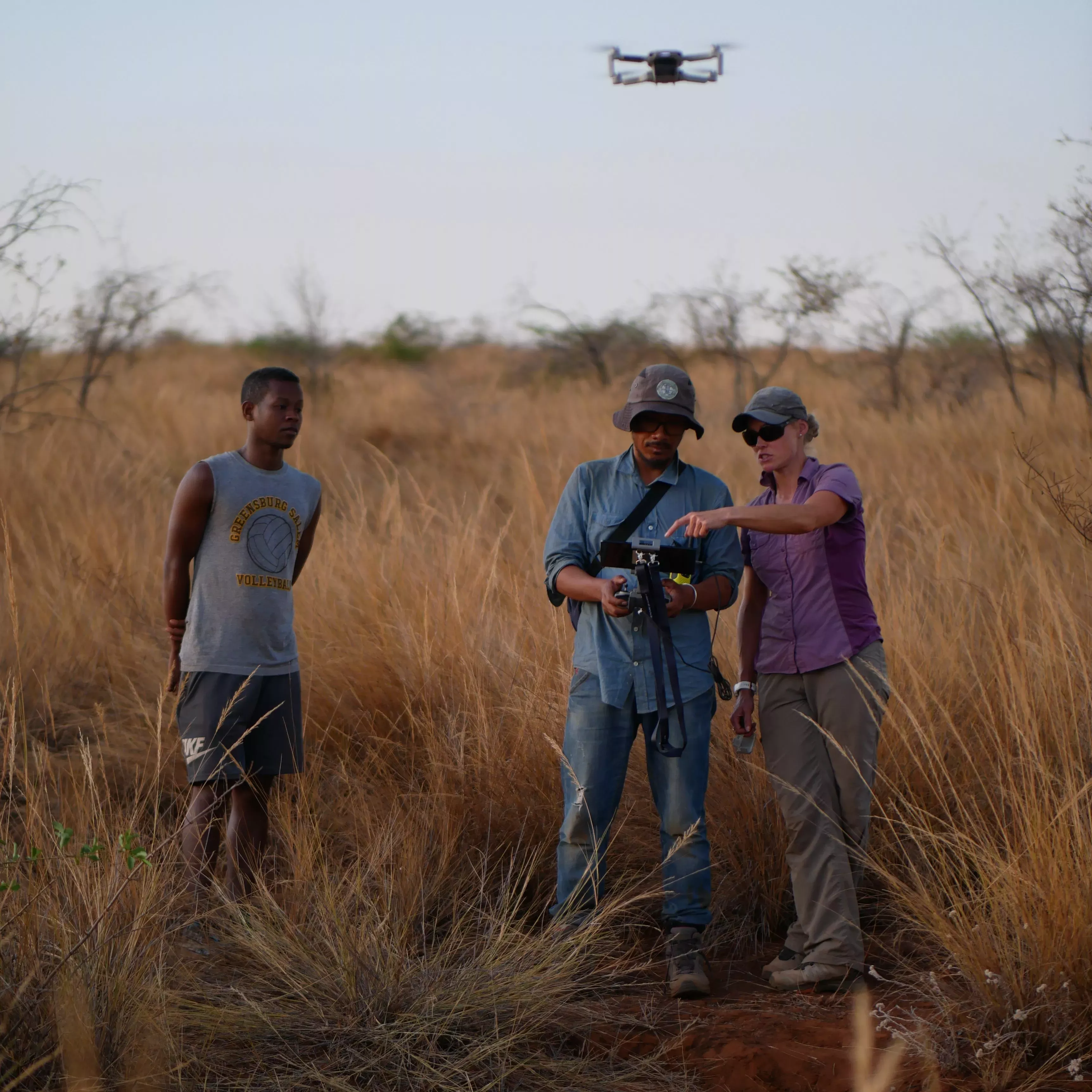
Madagascar fires and restoration
Madagascar is the fourth largest island in the world, and about 90% of the species found there are not found anywhere else on Earth. This means when things like fires happen and large swaths of that forest are taken out, we've got a big problem.
There is a real risk of extinction, but also we are releasing huge amounts of carbon to the atmosphere, which is going to impact climate change.
Whilst we can't really do much about the fires that are happening in Madagascar, what we can do to help is help the forest become as resilient as possible to those fires when they occur.
At Kew, we’re trying to restore Madagascar's dry forest areas through five ways, with five key ingredients: the right tree, in the right place, at the right time, with the right fuel, and the right monitoring

1) The Right Tree
We want to make sure that the trees we use in reforestation are super biodiverse like our forests, and that we have a collection of species that we can grow that will add in that biodiversity as soon as possible, to help that forest become functional once again.
This means considering many factors that a tree species might have:
- Resilient – Likely to survive in open and harsh conditions
- Resistant – To future fires
- Fast-growing – To close the exposed canopy quickly
- Suppression – Ensuring new seedlings are not smothered by smaller plants
- Reproducing – Quick to flower and fruit, increasing seed stock
- Easy – To germinate and propagate

2) The Right Place
We’re flying our UAV drones to survey large areas, identifying small burnt forest patches that are suitable for restoration.
They need to be close to communities so they're accessible, but also very near intact forests nearby so that when the forest starts to build back in, it can help restore itself.
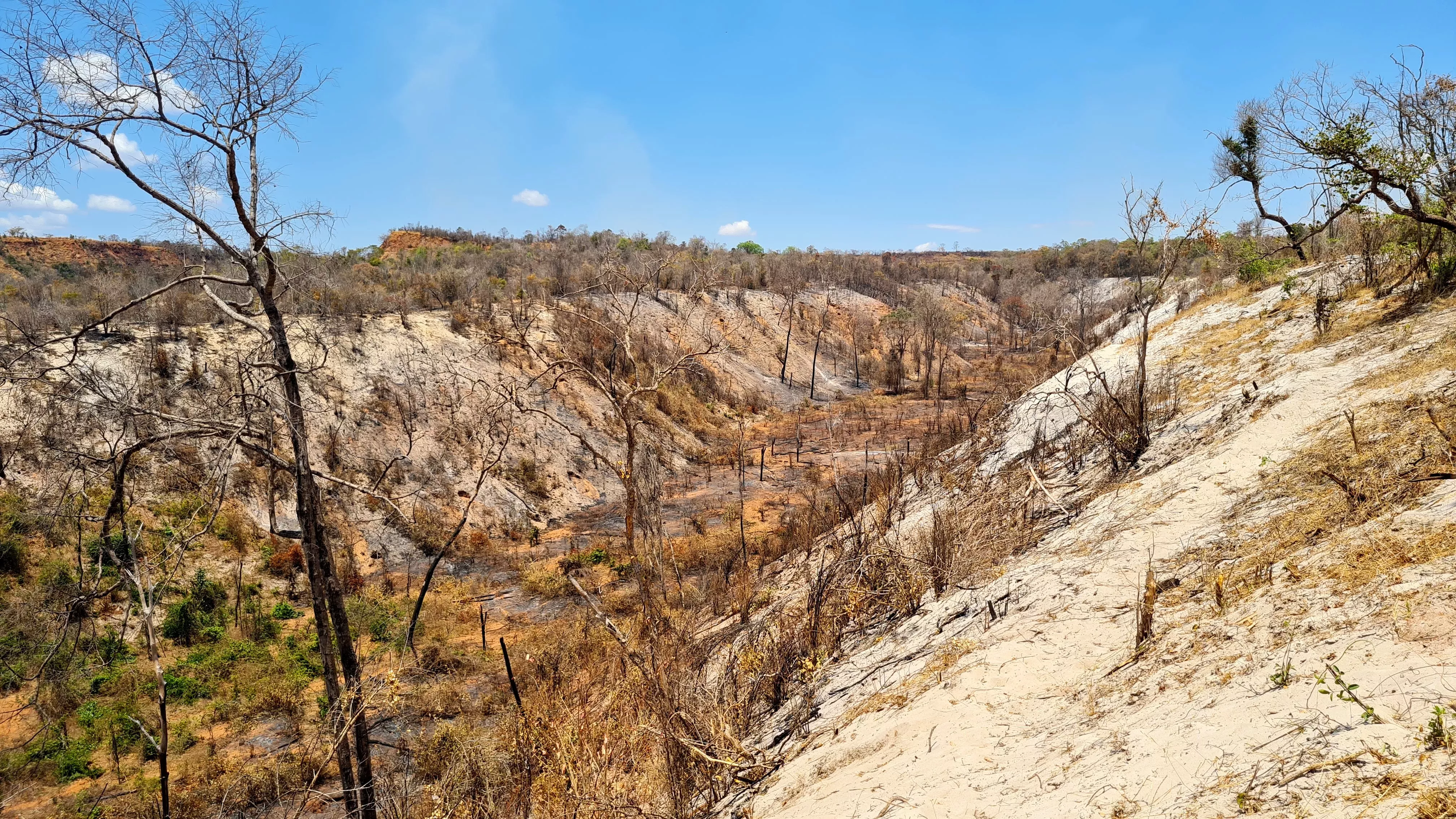
3) The Right Time
We are working in the dry forest areas, so we need to be planting out our seedlings in the wet season to ensure the highest chance of success. But even more importantly than that, we need to make sure that this is the right time for the communities that we're working with, that they have the time and the capacity to be able to invest in these restoration activities. They have all the local knowledge of their trees and their forests, and we need to make sure that they have all they need to run their restoration activities as well.
The Kew Madagascar Conservation Centre team have spent more than three decades carrying out community conservation projects across Madagascar. Their expert approach to building mutually beneficial programmes with Malagasy communities based on their needs has guided us to success again here.

4) The Right Fuel
The communities that we work with are subsistence. For part of the year there's a very real hungry season, and for this time, they look to yams as a major food source. Yams are nutritious and delicious, and they look like a very long sweet potato. The challenge is that the collection of yams from the forest is currently unsustainable. We have recently found with our UAV imagery that this is a much more destructive practice that previously understood.
The density of these yams that have been collected in the forest is so intense now that it's breaking the forest canopy, which means that when a fire comes from the grassland, it no longer stops at the forest edge, but can whip straight through the thinned forest and incinerate all the trees.
You can see that in the photo below - black holes show where the yams have been collected. We've used this imagery to negotiate with the national park to help the communities grow yams near their houses as a sustainable food source. It will afford protection for the forest from reduced harvesting, and also provides communities with an alternative livelihood – selling grown yams to other communities. This work with yams forms a Kew conservation project of its own.
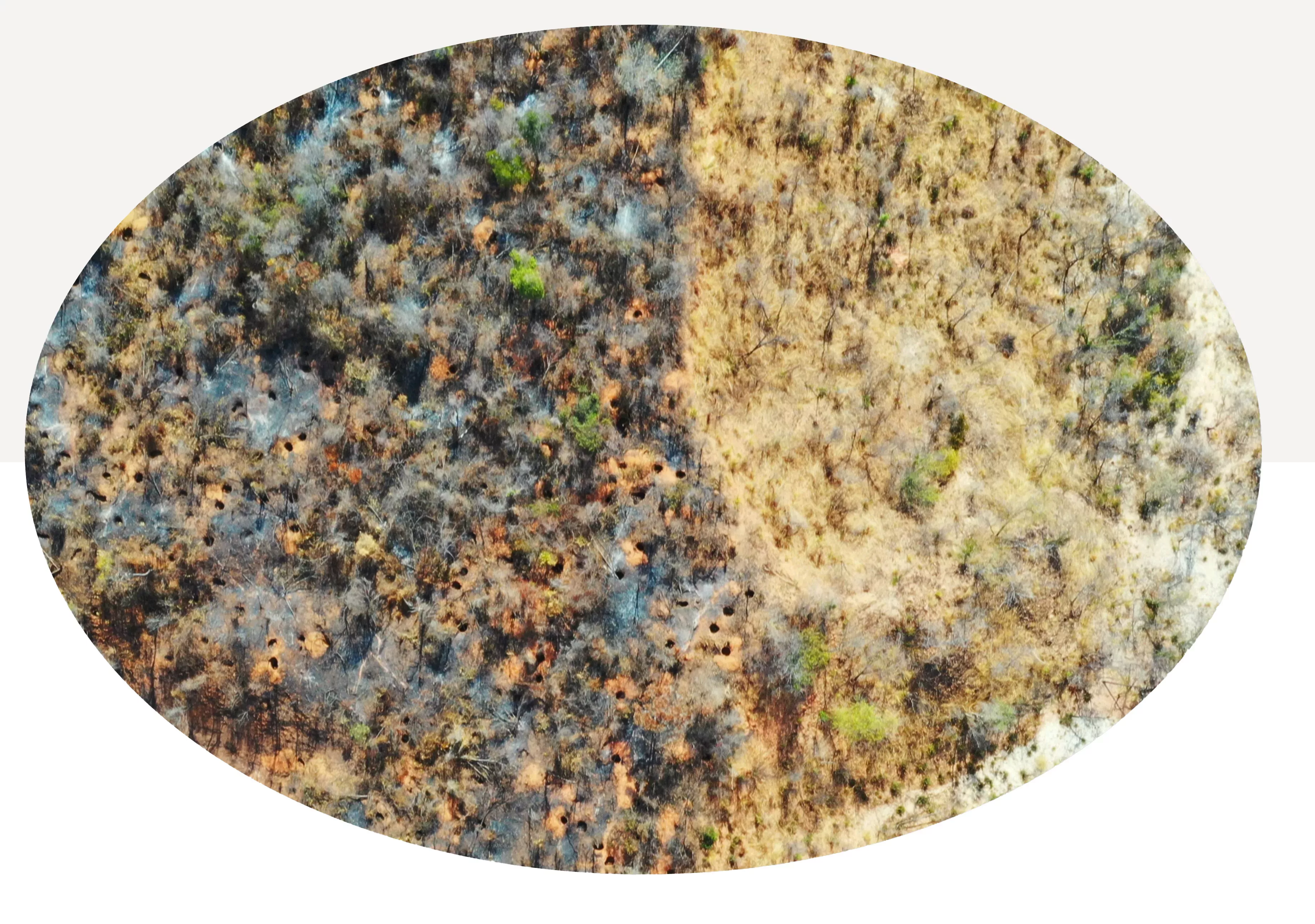
In this instance the right fuel is yams, but it could be any alternative livelihood that affords some protection for the forest.
While our communities here are fuelled and fed, they've planted out approximately 15,000 trees in our two restoration sites. This is a great success, but we're really just starting.
The goal is a new forest that's intact and that acts and functions as an original forest. We want to make sure that all the restoration plans that we're putting in place help us get there as fast as possible, that we're learning from the things that do or don't work, and that we have an adaptive approach to this to make sure we're doing the right activities.
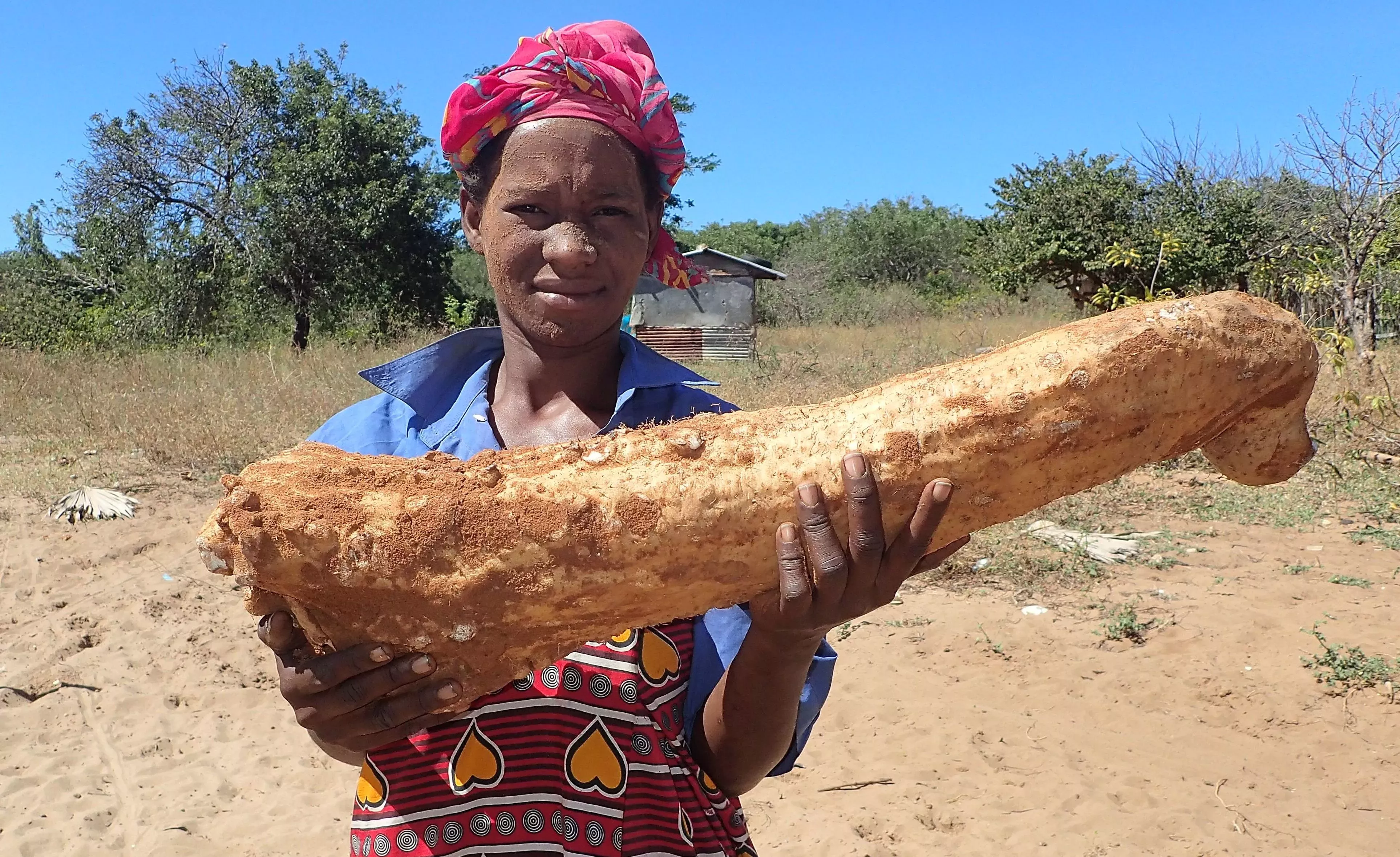
5) The Right Monitoring
Our drones are enabling us to have a look at a lot of different elements of our restoration.
The images we get from our drone surveys feed into an exciting 3D-imaging computer model. What you see below is first a freshly burnt area, and then the same area six months after. Using the model to compare differences allows us to calculate anything that’s changed, such as plant height or canopy cover. Six months is still too soon to see any woody vegetation returning, and we need to check what’s actually growing on the ground too.

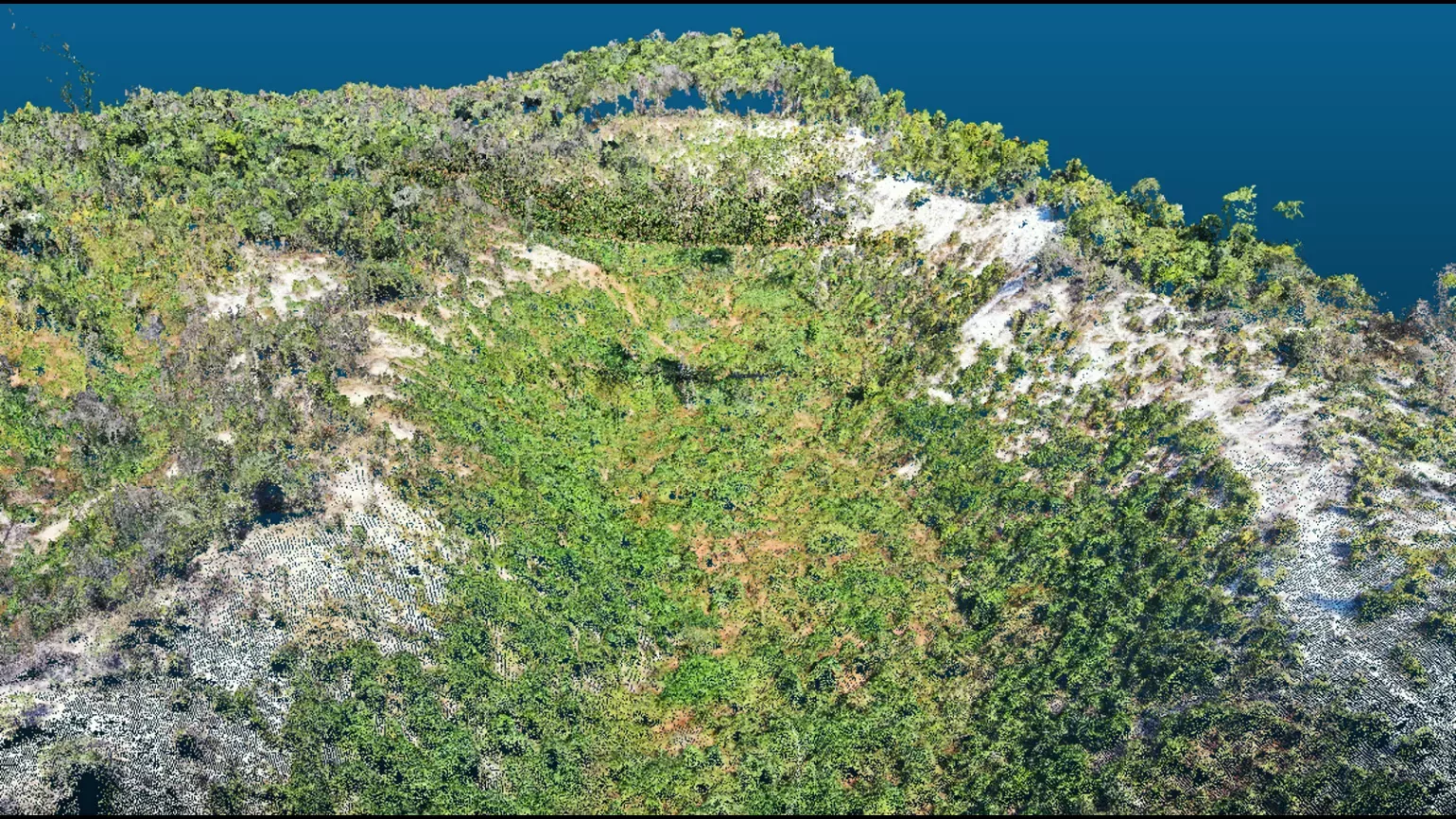
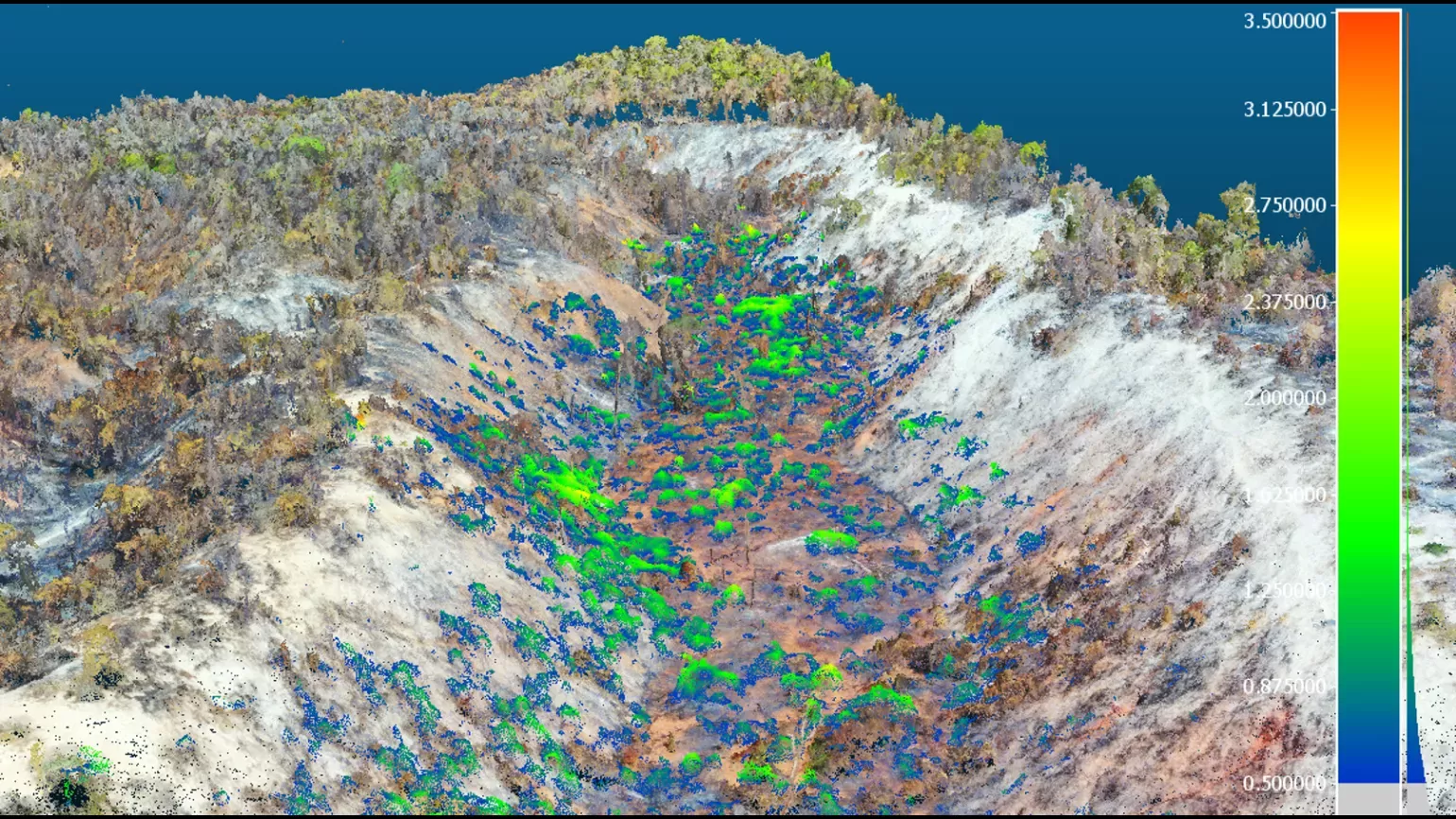
We match our assessment of regrowth from our drones with ground surveys . We're doing these in both the areas that are regenerating naturally and also the areas that we are going to be putting our restoration sites in. With this we can assess the height, the canopy cover, tree and weed growth, in 3D and in great detail.
With our 3D modelling we are hoping be able to monetise and add economic value to a lot of these restoration activities through things like biodiversity carbon credits, aiding forest protection and restoration.
Restoration is an expensive job, and to make sure that we're doing it right, we need to make sure we've got this monitoring in place and the right team to be able to do it.
Our team consists of most of the departments at Kew, with Malagasy botanists with expertise in tree identification and plot monitoring, and the Millennium Seed Bank seed banking team that look at collecting and storing the seeds. We also have the horticultural team learning how to propagate plants and germinate seeds into successful seedlings. We have restoration specialists able to put these seeds back in the right place, in the right combination to achieve maximum forest growth. Lastly, by monitoring them all with my drones, I can see how restoration is working out compared to natural regeneration, and help to accelerate these restoration activities and techniques adaptively over time.
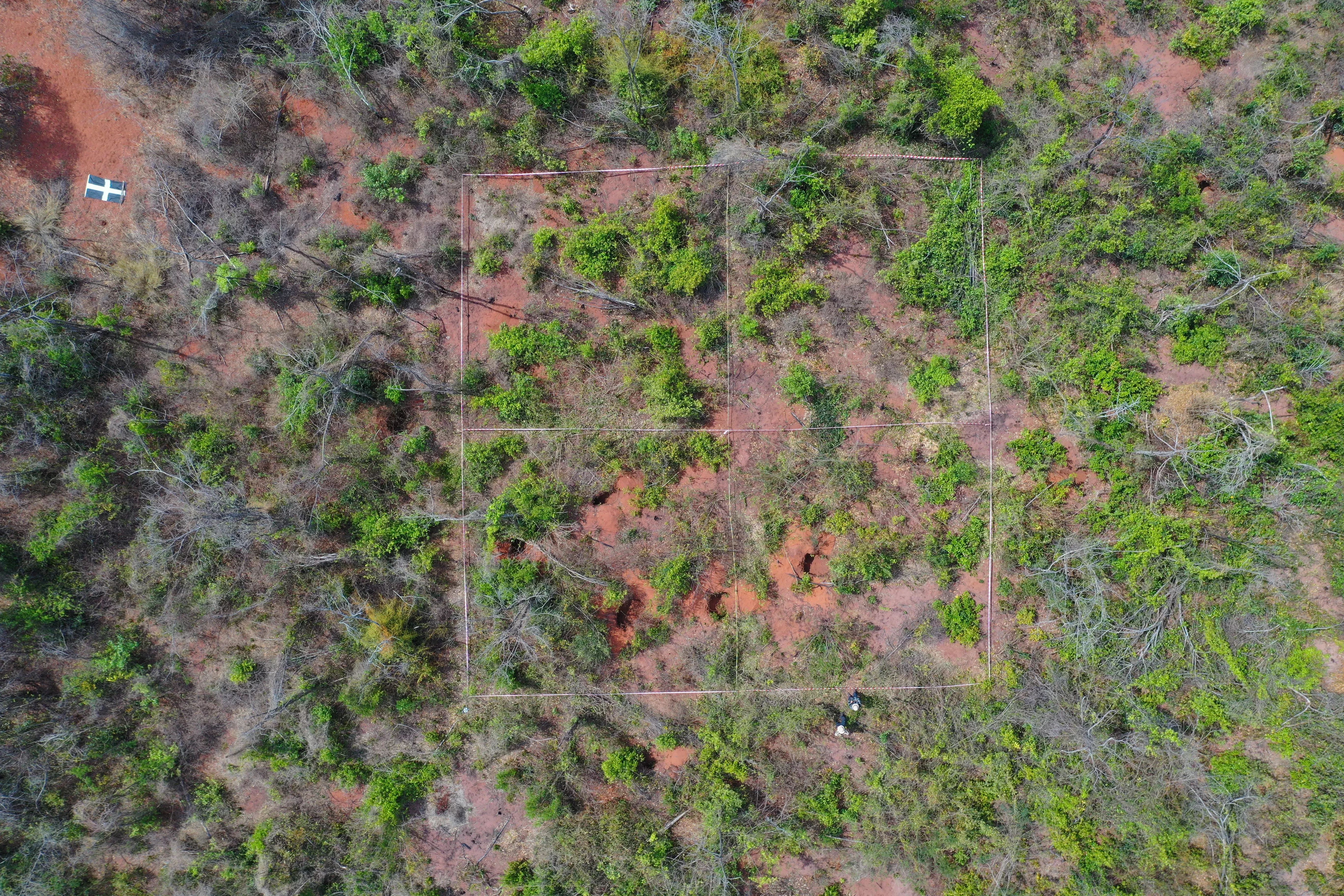
We have all the experts that are going to help us protect, research, and restore these dry forest areas.
We are branching out for biodiversity. That's our right tree.
We're creating habitat harmony. The right place.
We are working with the communities and connecting with them. The right time.
While ensuring communities are fed and fuelled, so they can snack and sow and run our restoration activities.
And finally, we‘re monitoring all these activities with our drone detectives, ensuring effective monitoring and successful restoration.


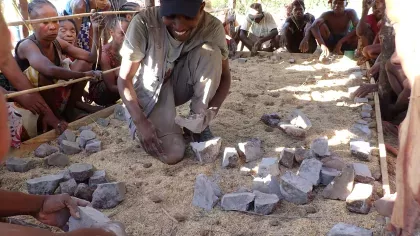
.jpg503d.webp)
